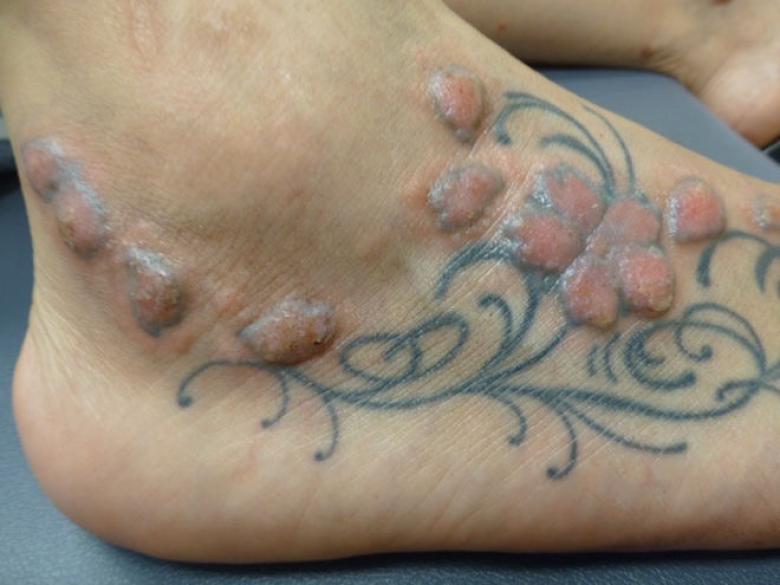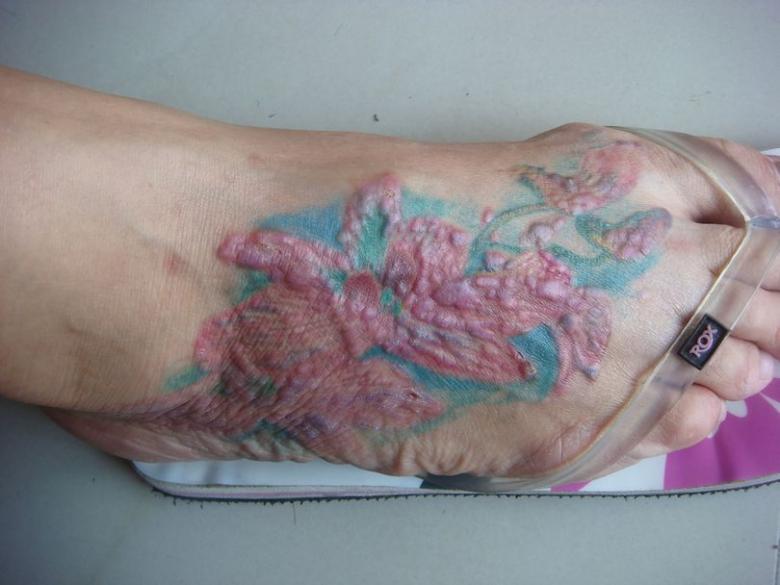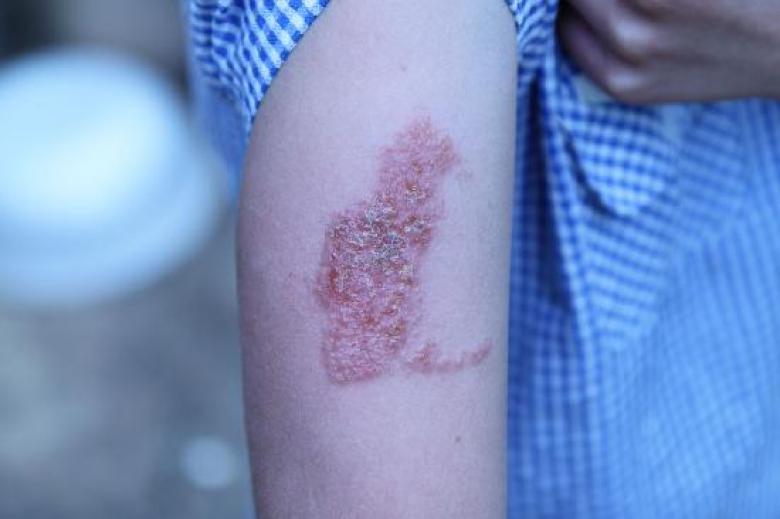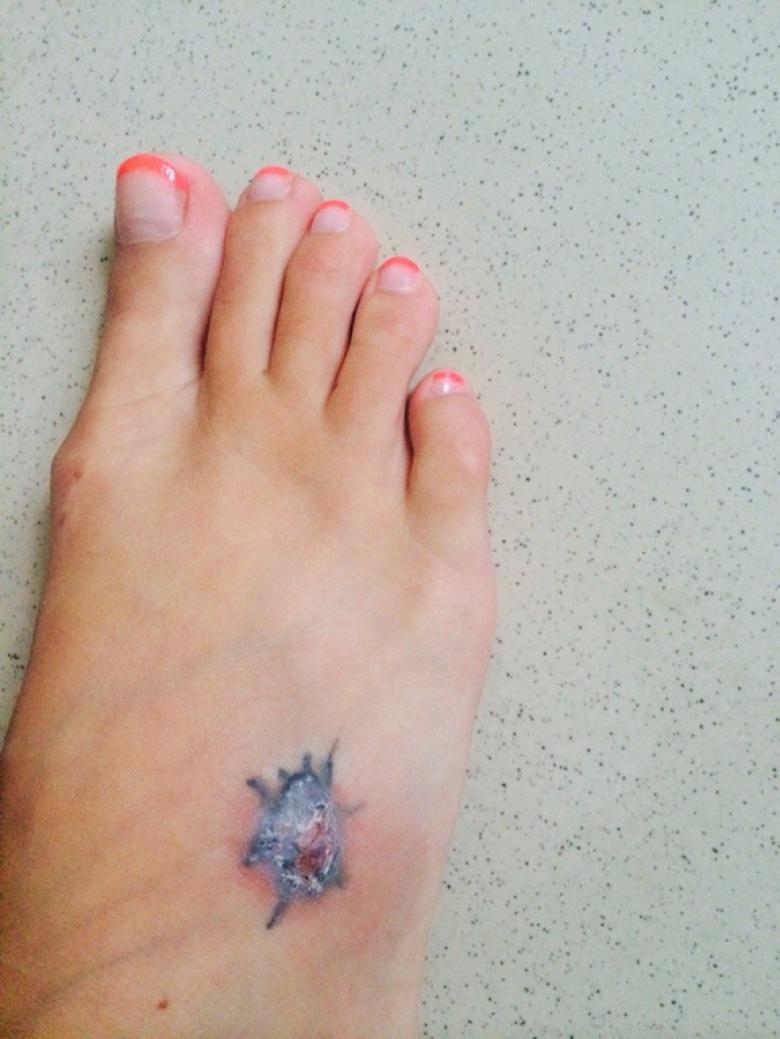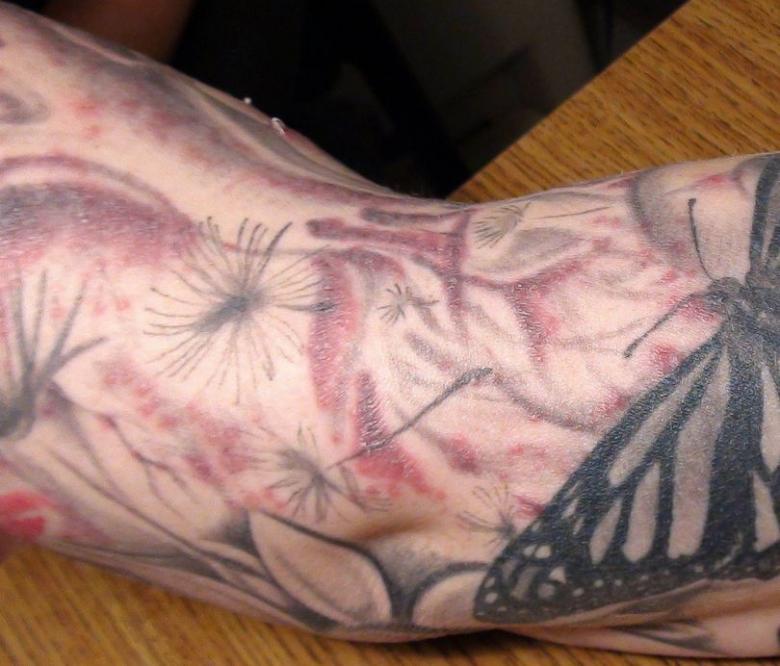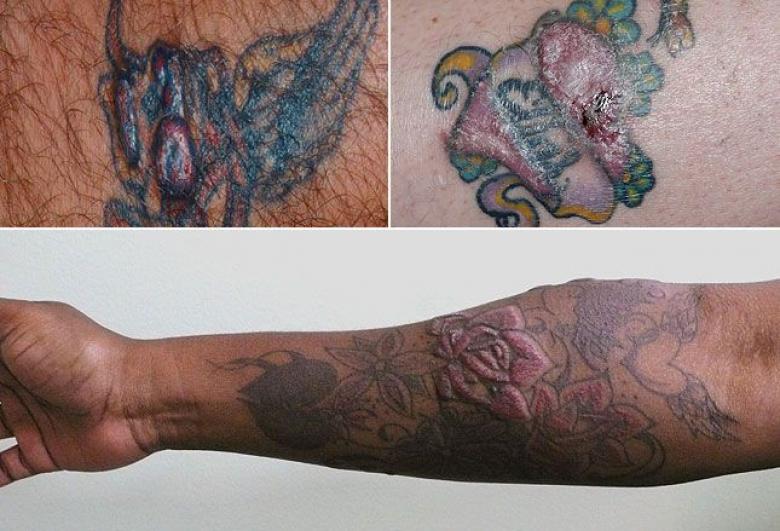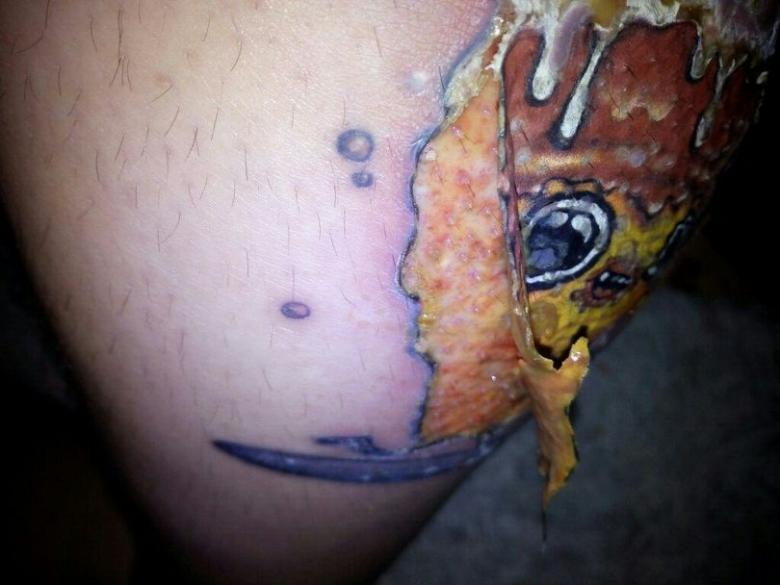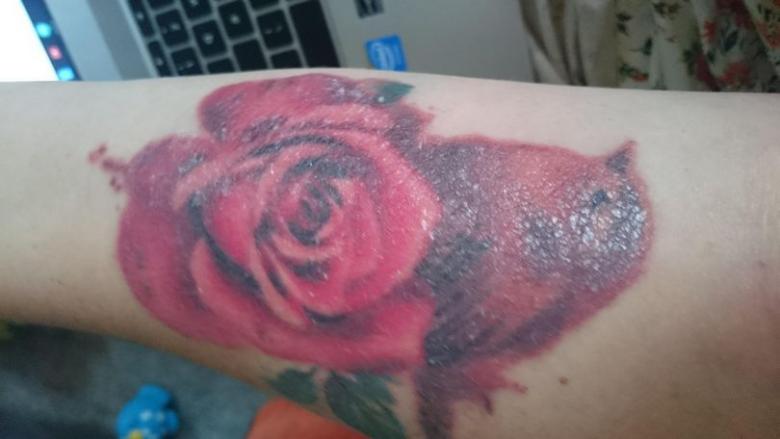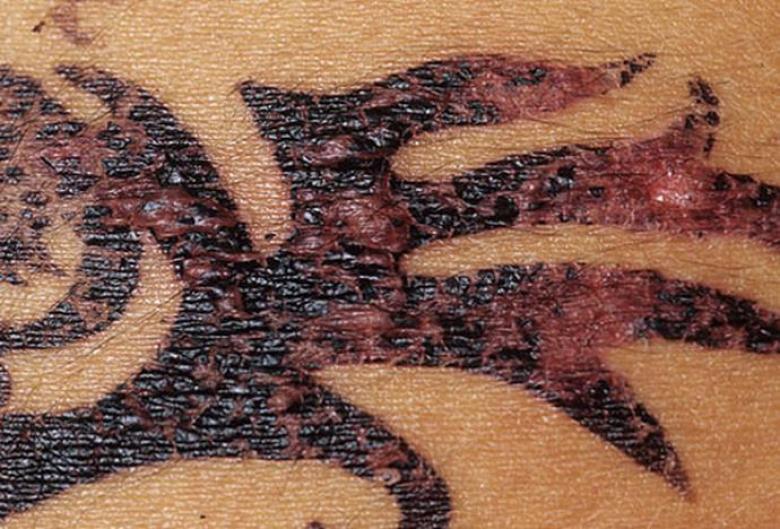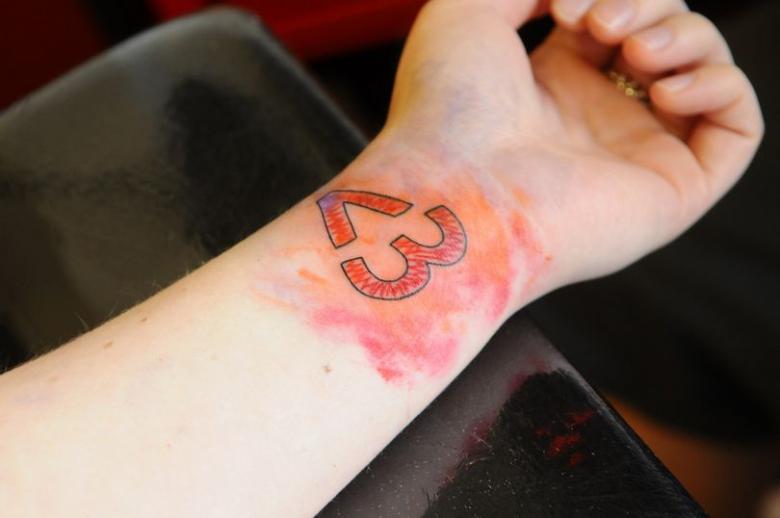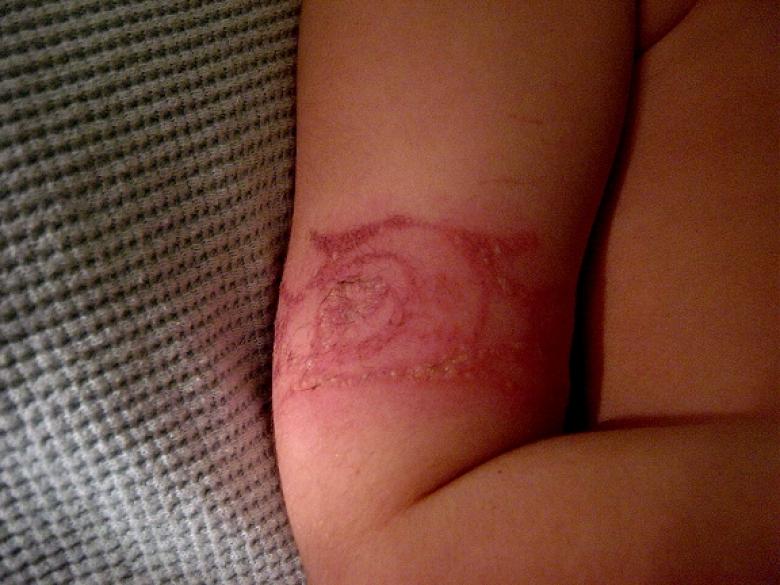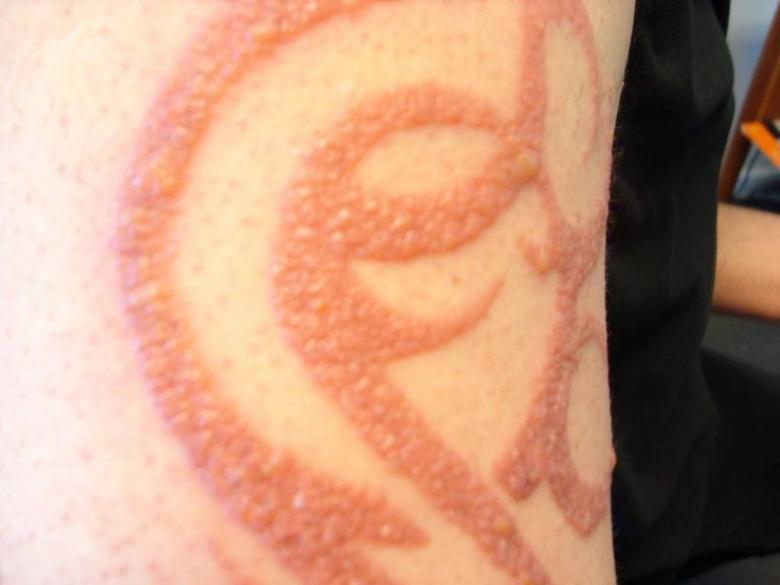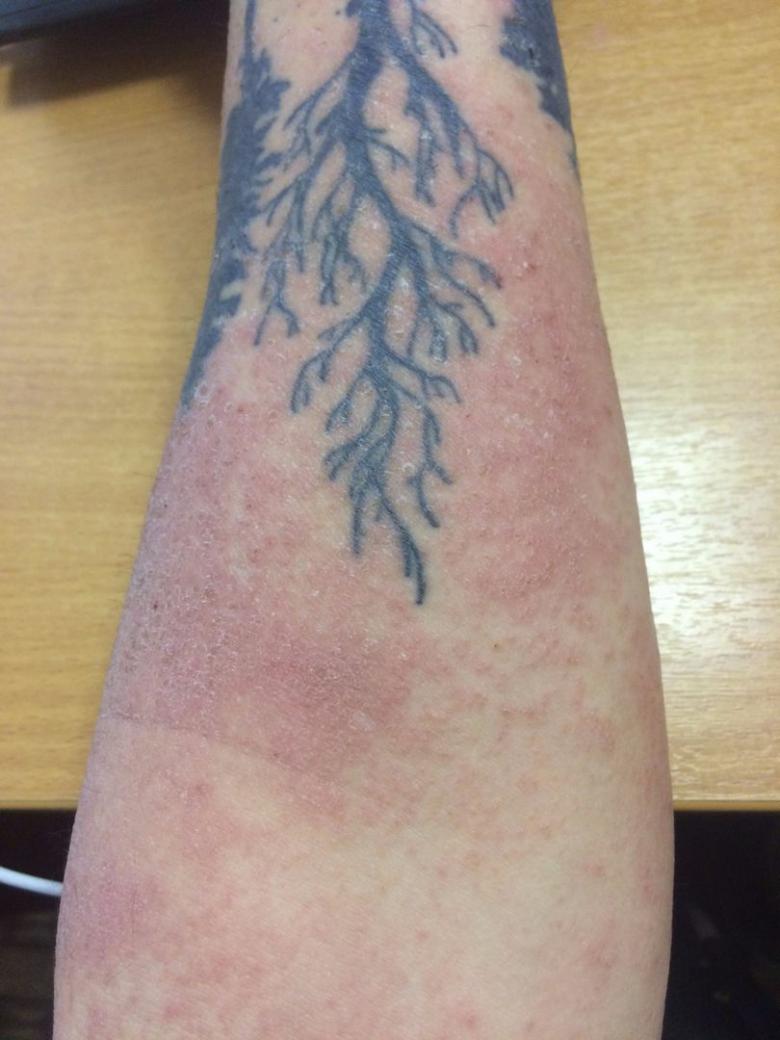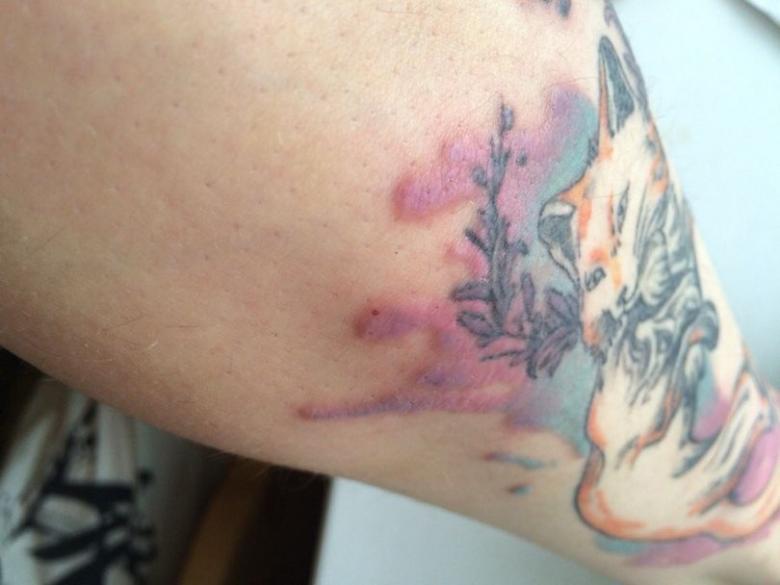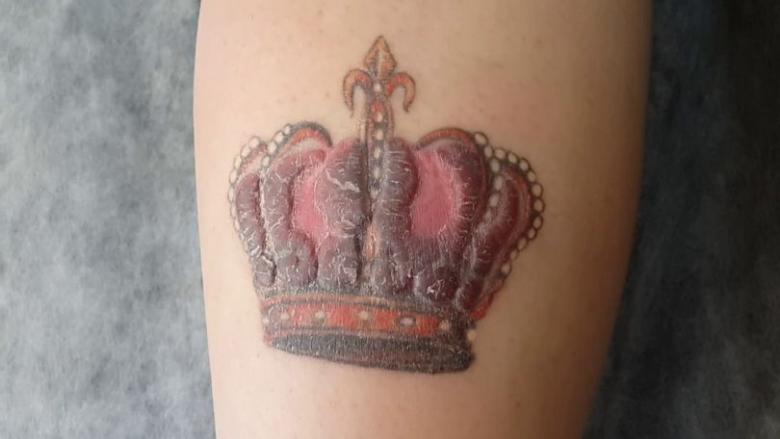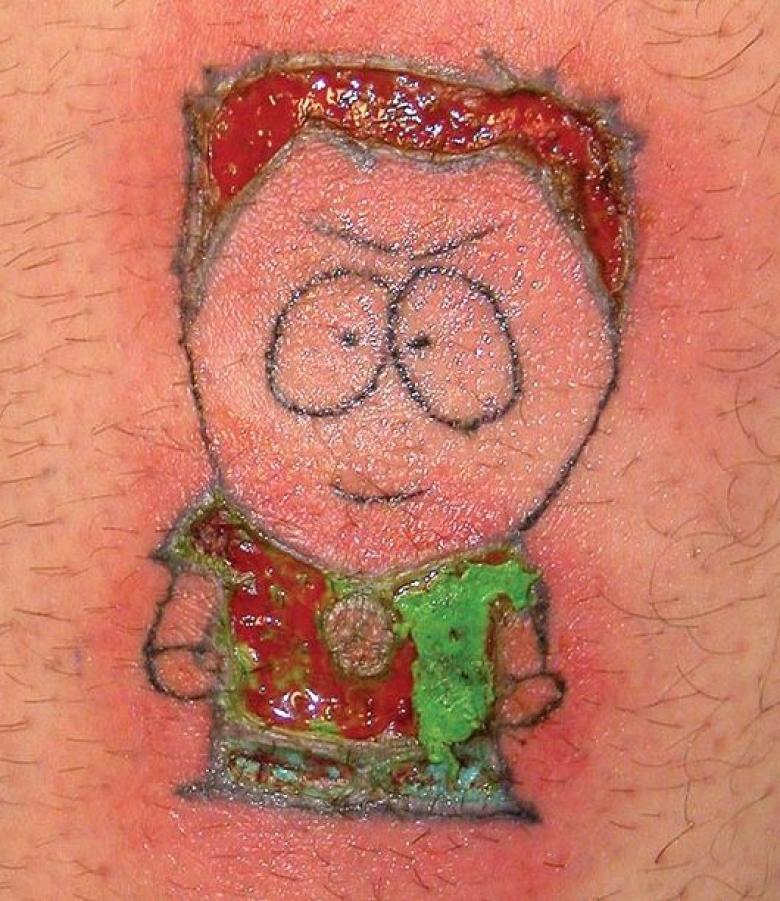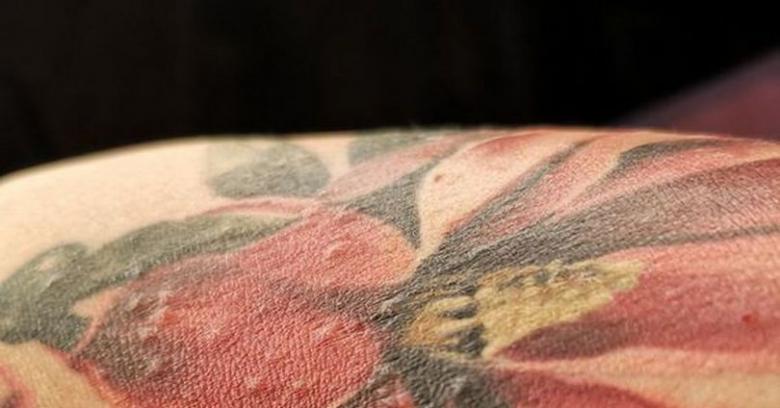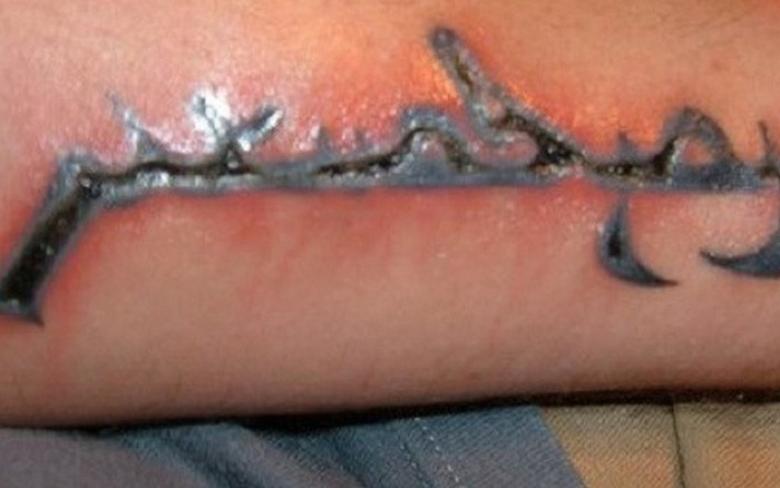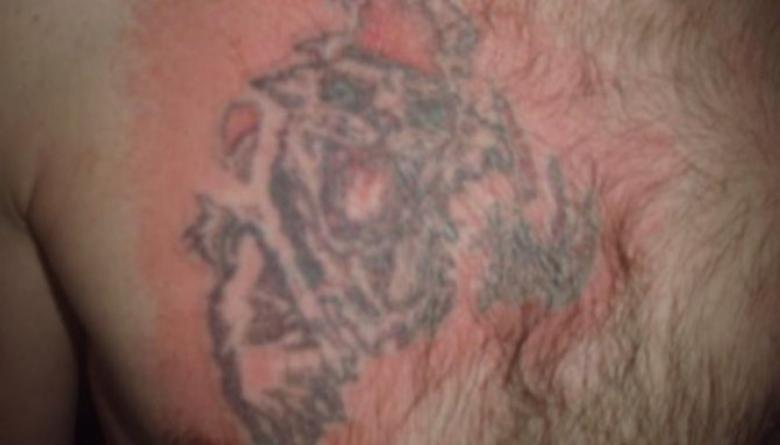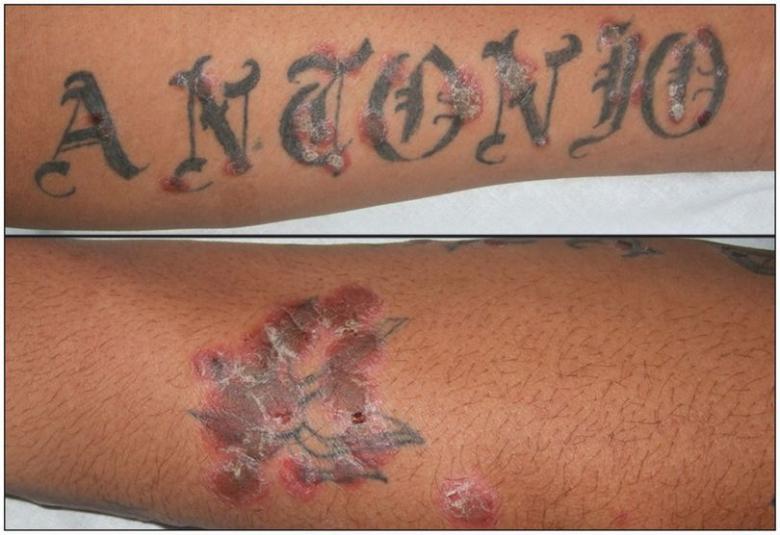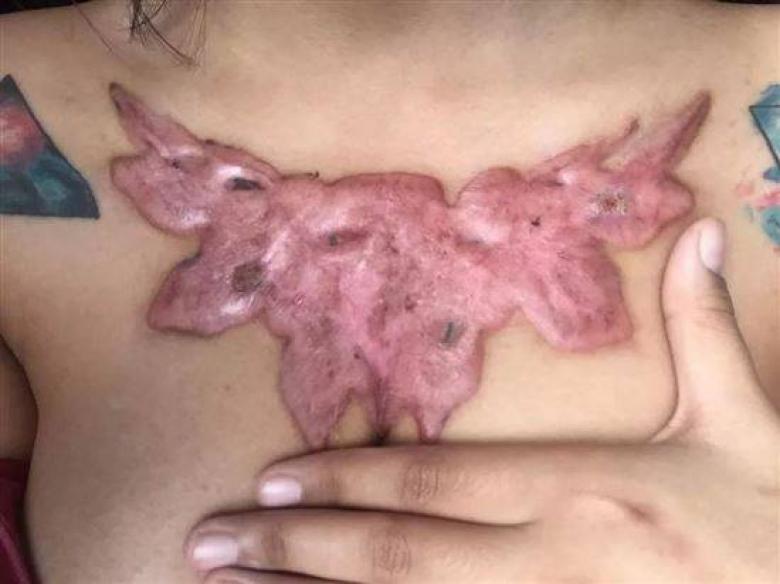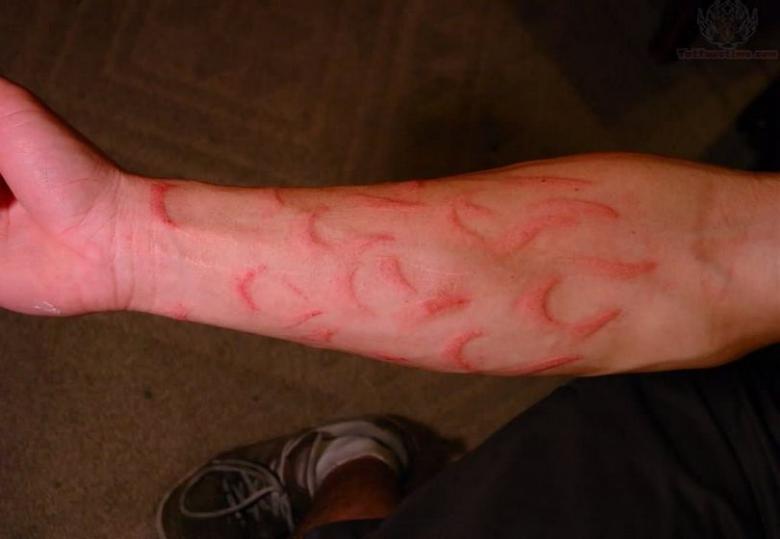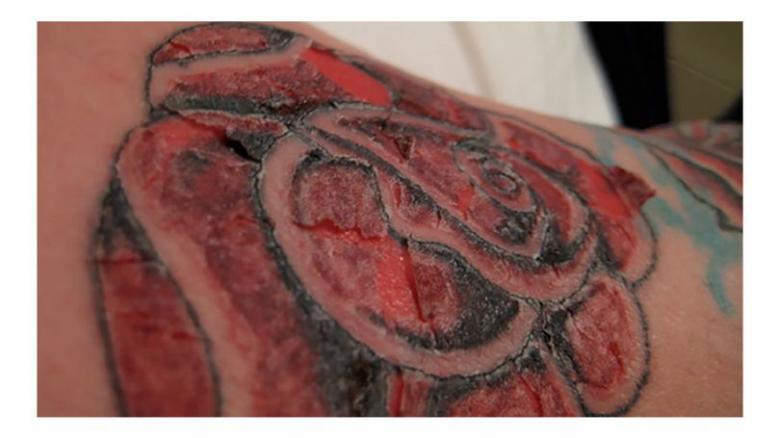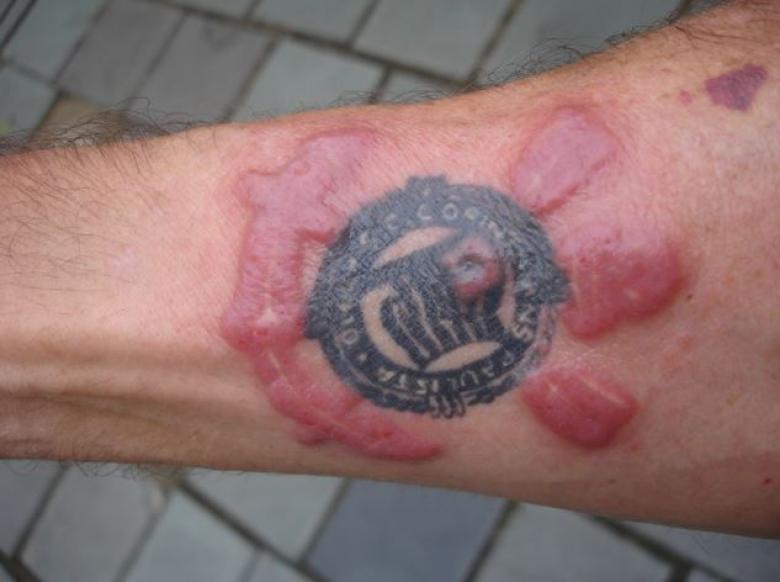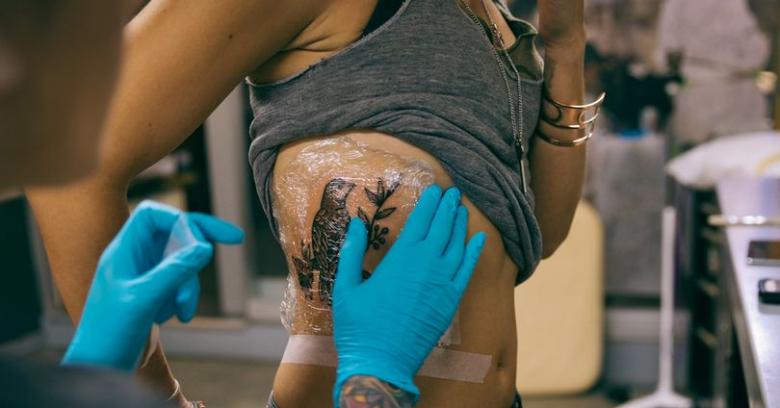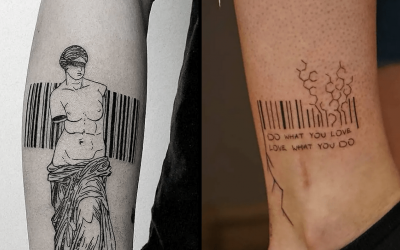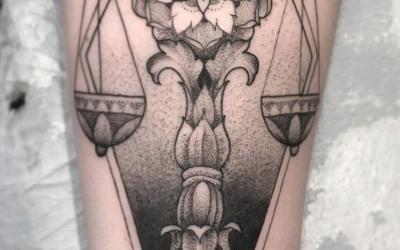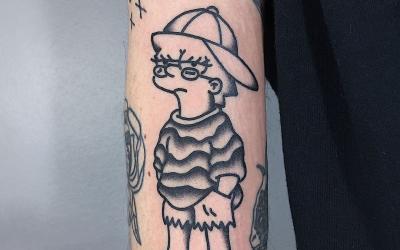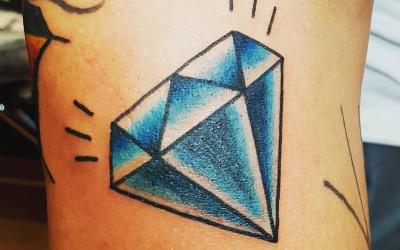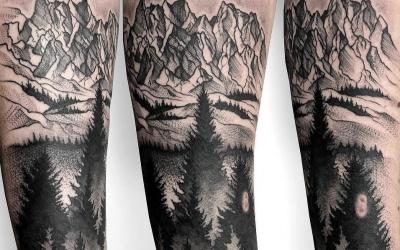Tattoo allergies - causes, what to do, how to check the paint or pigment for a reaction
Tattoo is a great way to stand out from the crowd, to emphasize your individuality. But it can also be considered a medical operation, the purpose of which is the introduction of a dyeing substance under the skin. The body in such a situation is stressed, accompanied by fever and allergic reactions.
Causes of allergies
Most often it occurs in allergic people. But sometimes it also occurs in people who have repeatedly had tattoos and have not experienced similar symptoms. Most likely, the discomfort is the result of:

The use of low-quality paint. After all, many people turn to unproven salons to beginners or unofficially working at home in order to save money. Very often such masters use cheap materials, which often contain mercury. Naturally they have no certificates.
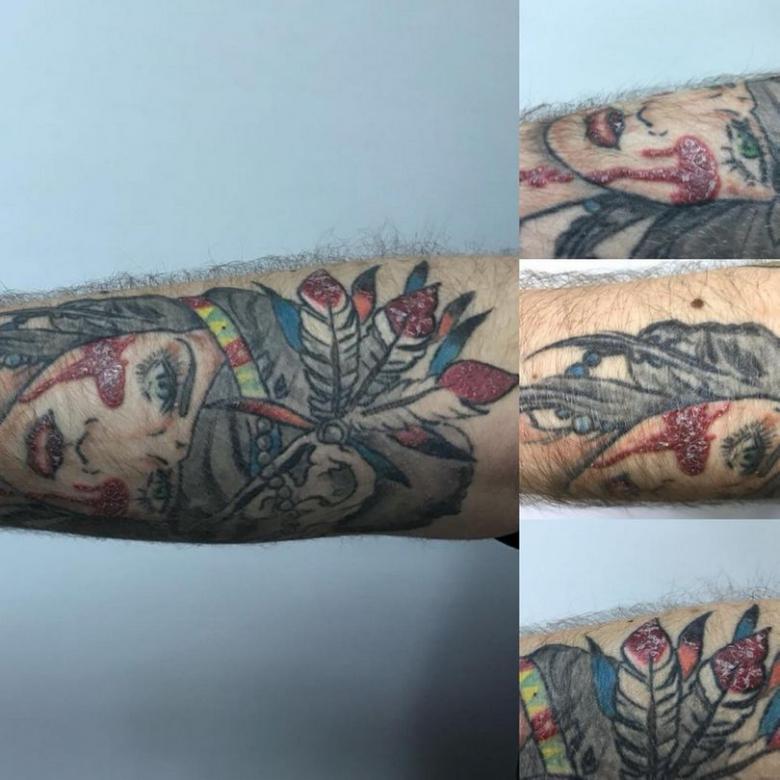
The pigment contains an allergen. It can also be found in high-quality paints. They are based on alcohol, glycerin and purified water. Substances of plant origin are used to obtain various shades, to soften the skin. These substances cause allergic reactions. Therefore, people who suffer from plant allergies should find out in advance the composition of the paint used.

Drawing with a particular shade. The red color most often causes allergies. In second place is the yellow color. The fact is that they contain cinnabar and cadmium sulfide, which cause discomfort and itching. The other colors are safe. People prone to allergic reactions should choose safer shades.Using ointments with an analgesic effect, containing novocaine and lidocaine.

How often does it happen?
Allergies to tattoos are quite a rare phenomenon. It all depends on the features of an organism, all is individual. Before going to the master, you should inquire about the composition of the paint and turn to a proven salon with a good reputation.
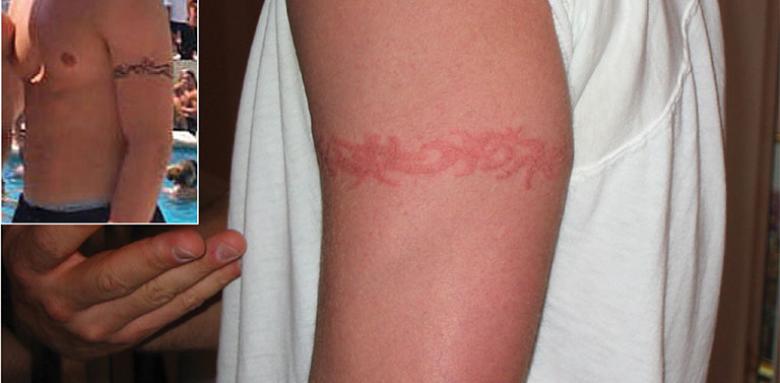
Symptoms
Allergic reactions can occur both during the process of tattooing, and after a long time. It depends on the paint, which are sensitive to high temperatures.
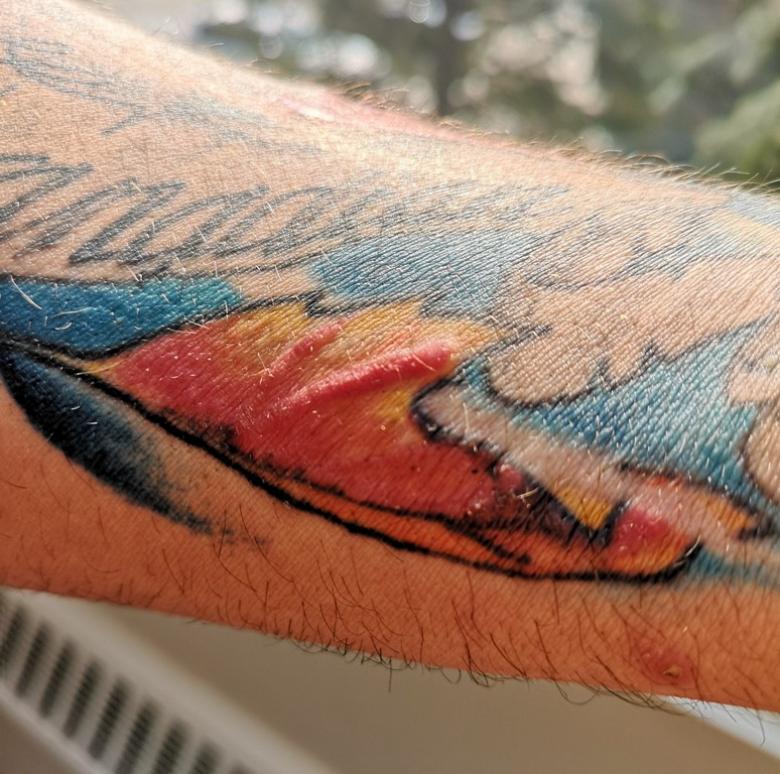
The reactions are seen on the skin:
- itching;
- redness;
- swelling.
Sometimes accompanied by lacrimation, itchy eyes, runny nose, coughing fits.
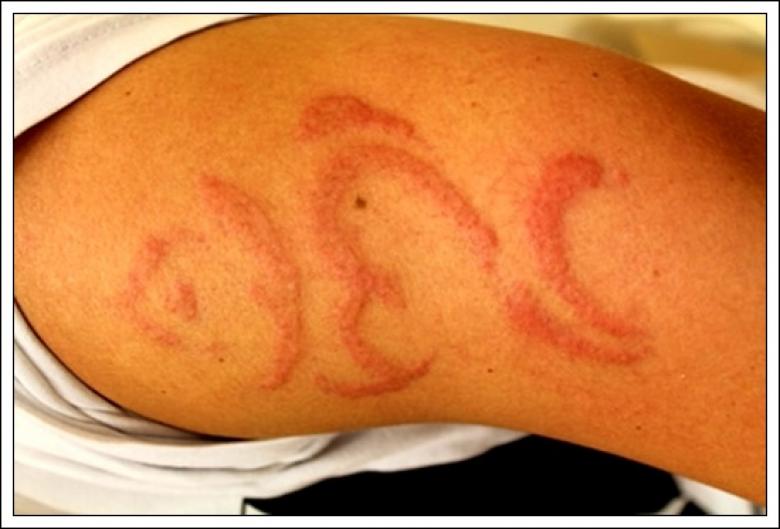
The tattoo will take a long time to heal, but over time, the discomfort will pass. If the tattoo is done with henna, the discomfort will pass much faster.
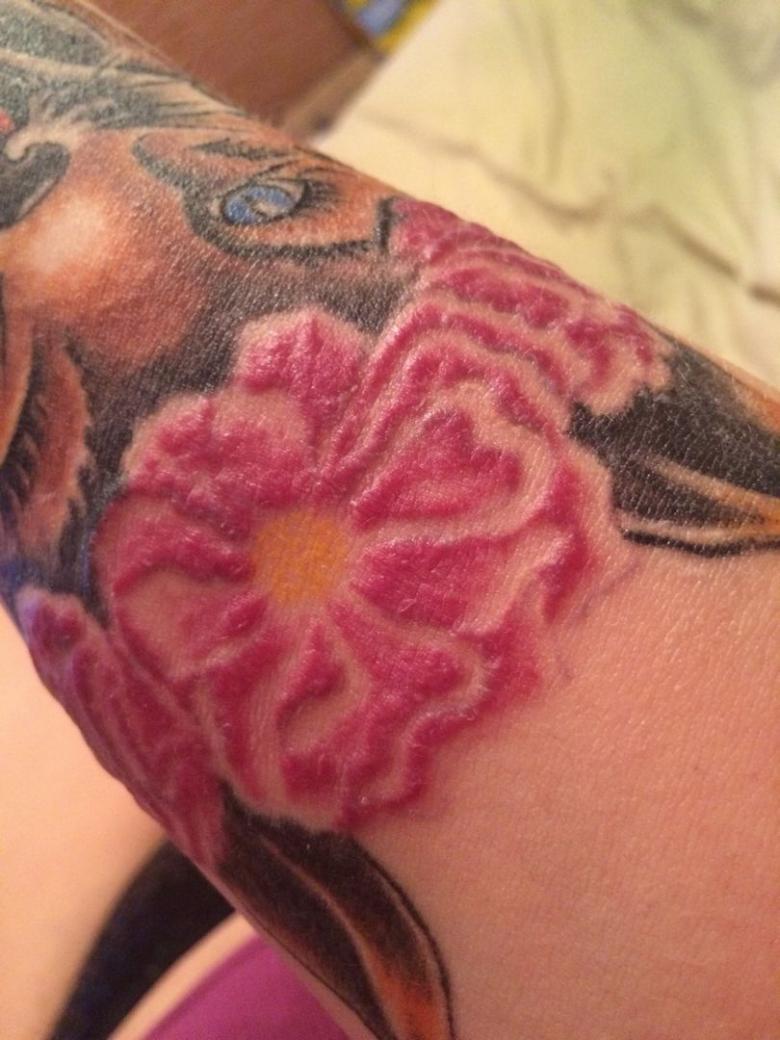
Tips
- The safest thing is to refuse a tattoo. And if you really want to, but you want to reassure yourself against possible unpleasant and painful sensations just in case, you should take into account the following safety measures:
- Before you do this procedure, you should choose a good salon and a savvy specialist. This is easy to do. There are a huge number of reviews and recommendations on the Internet. It is important to remember that saving money, we can first of all harm our health.
- It is necessary to clarify the composition of the paint and study the product certificate. These measures will allow you to identify dangerous substances that are not suitable for your body and replace them in time.
- It is worth to refuse glowing paints. Components contained in their composition, cause itching and irritation.
- Tattoo care products. Use proven ointments that do not cause discomfort and painful sensations.
- Clinics do not test for tattoo paints.

Allergy test
For this purpose, you can use a piece of gauze soaked in the desired pigment. It should be glued to the skin and walk like that for a couple of days. After that, remove the gauze and see the result. If there is no redness, or they quickly disappear, you can safely do tattoo with the selected compound. If you are bothered by itching and burning, then you should refuse to use this pigment.
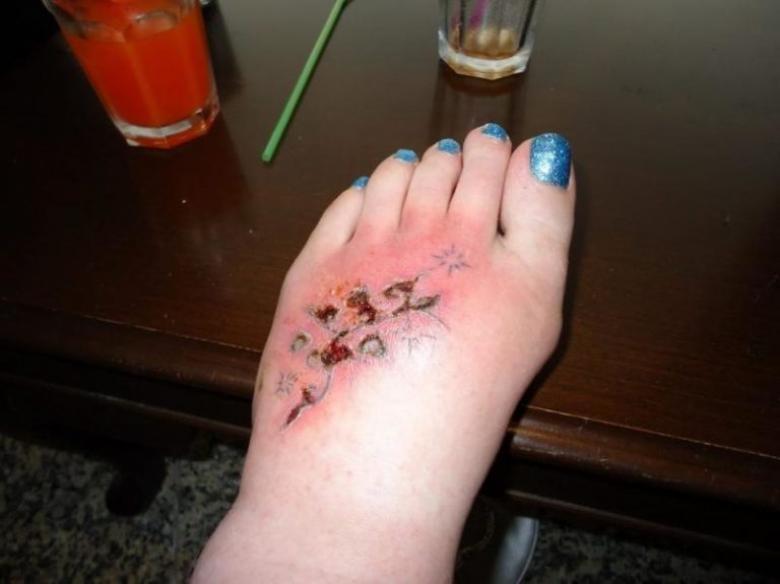
You can use several shades in a tattoo. Then you should check the body's reaction to each color. This will require a lot of time. The result can be useless, and the test will take more than thirty days. And with a great desire to beautify your body, it is unlikely that anyone will wait that long.
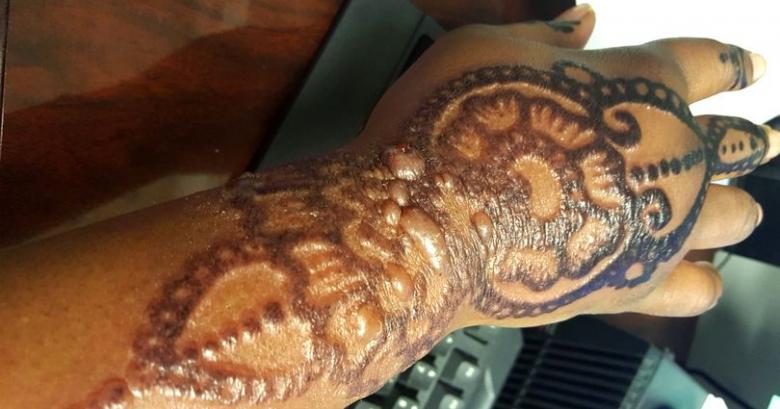
Unfortunately, this test does not give accurate results. After all, it is not effective for medical reasons. The pigment content may not be enough to detect signs of allergies. With the help of a machine and the paint of your choice, you can make a point. It won't ruin your beauty for sure. Signs of allergies can be noticed, as in the first method.

Allergies appeared, what to do?
Over-the-counter ointments and antihistamines are sold in pharmacies. Do not self-medicate. Before taking any medication, be sure to consult with your doctor. An allergist or dermatologist can help you with this. Remember that only a qualified specialist can make health recommendations and prescribe medications.
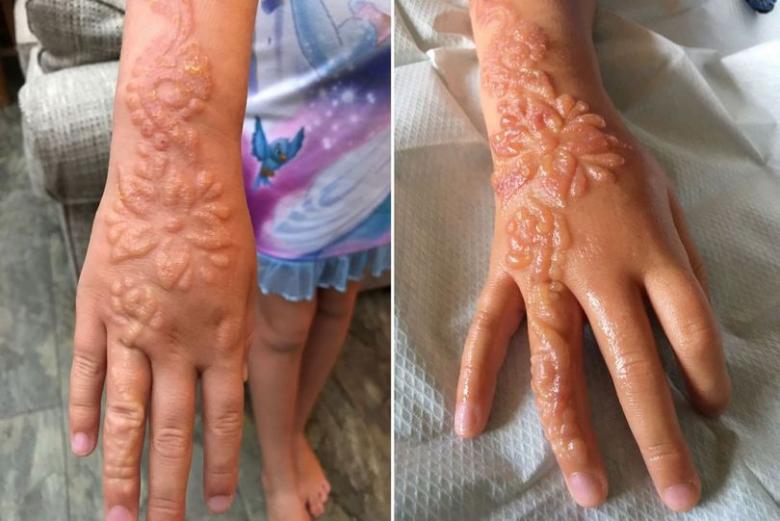
First aid
- Antihistamines should be taken even after the procedure.
- Topical ointments will help soothe irritated skin, eliminate painful sensations, and help prevent infection from entering the skin. It is best to use ointments, which contain antibiotic and hormonal components.
- Decoctions of peppermint and chamomile have a soothing effect. They can be used in the form of warm compresses, applied to the problem area of the skin.
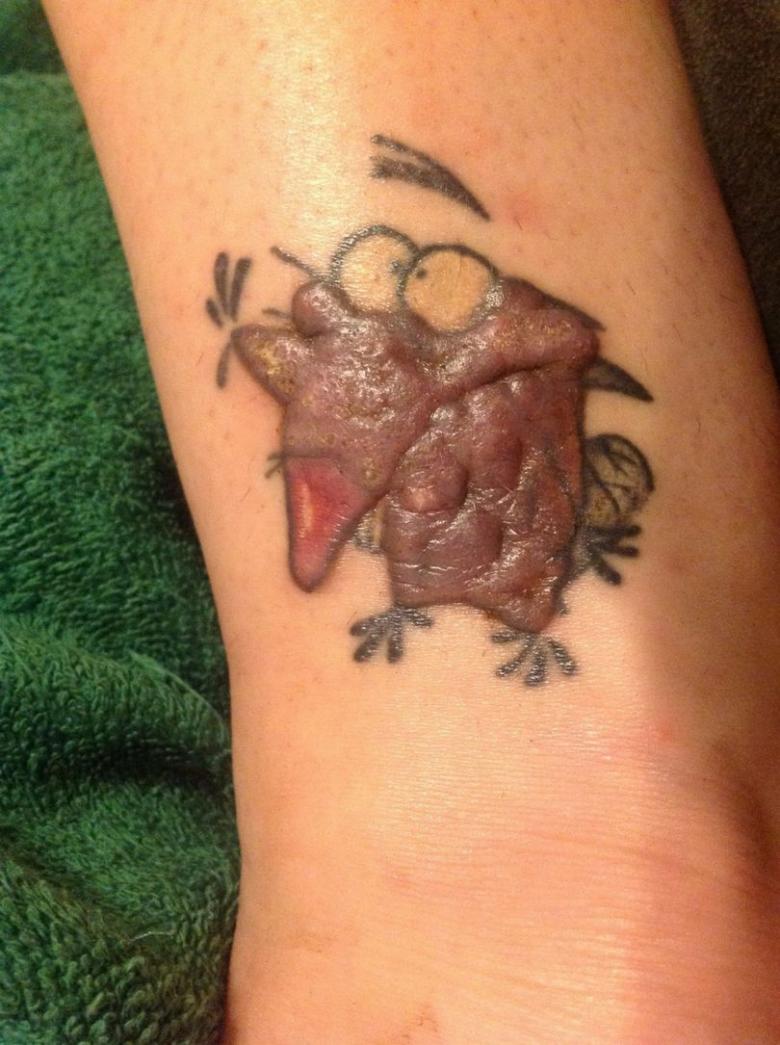
Self-treatment is not worth it.

